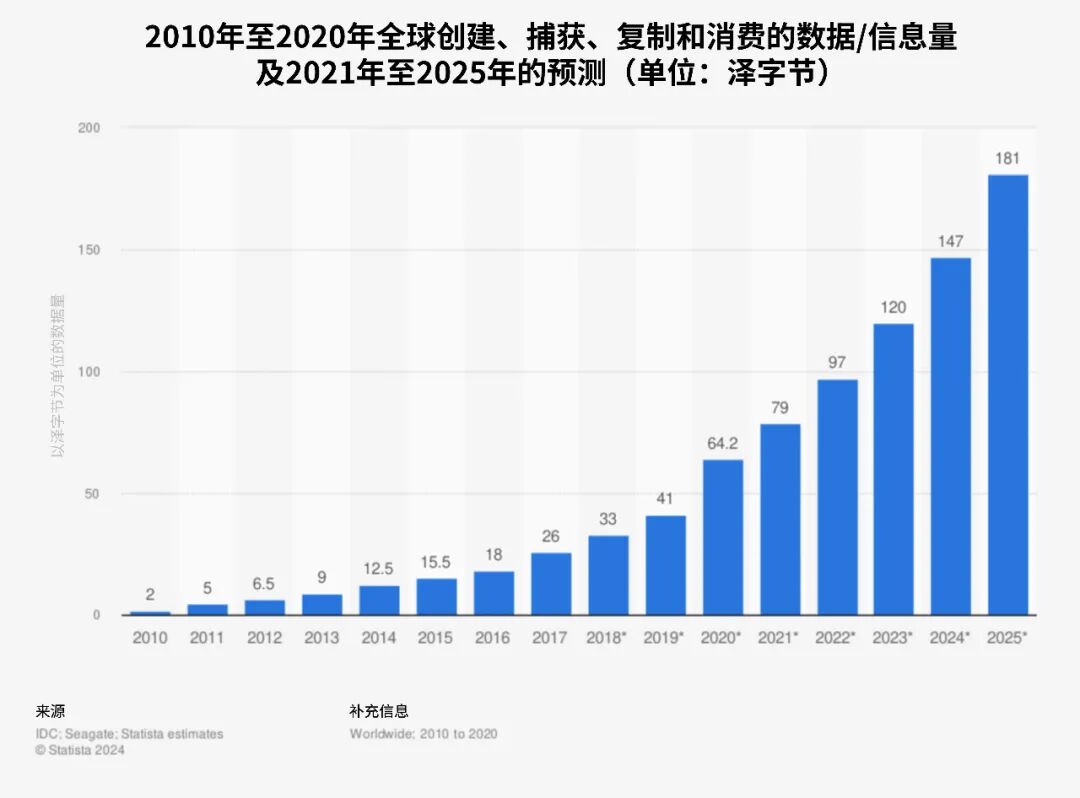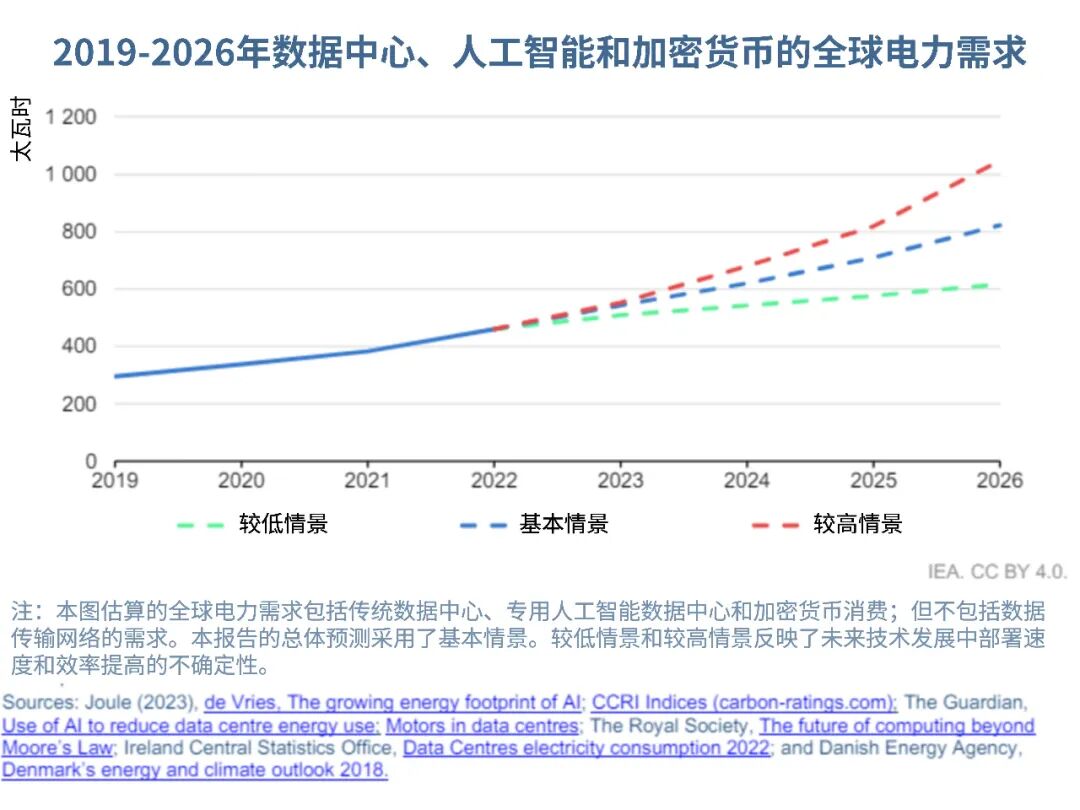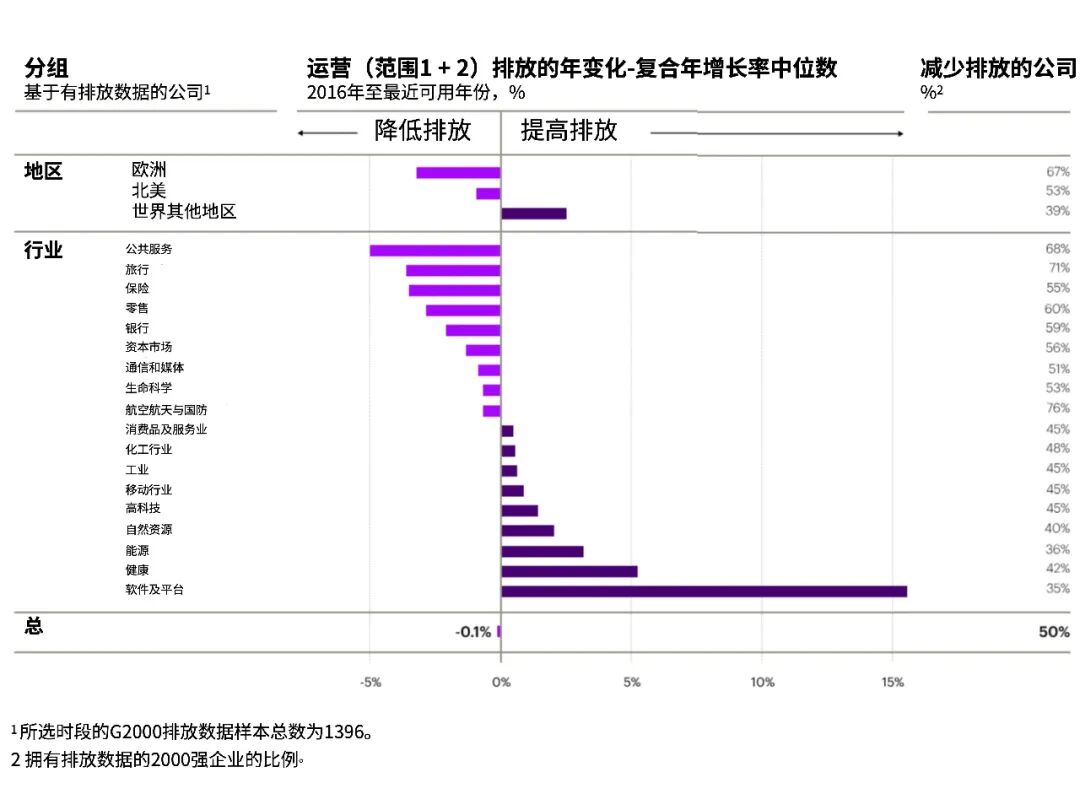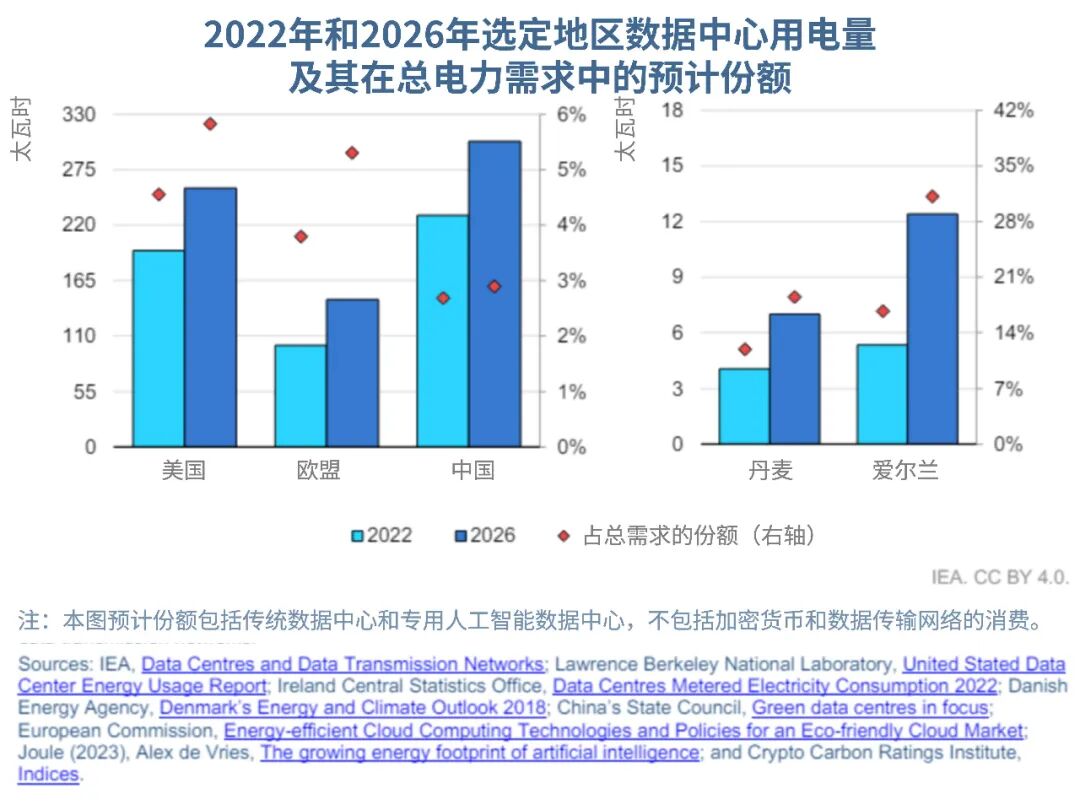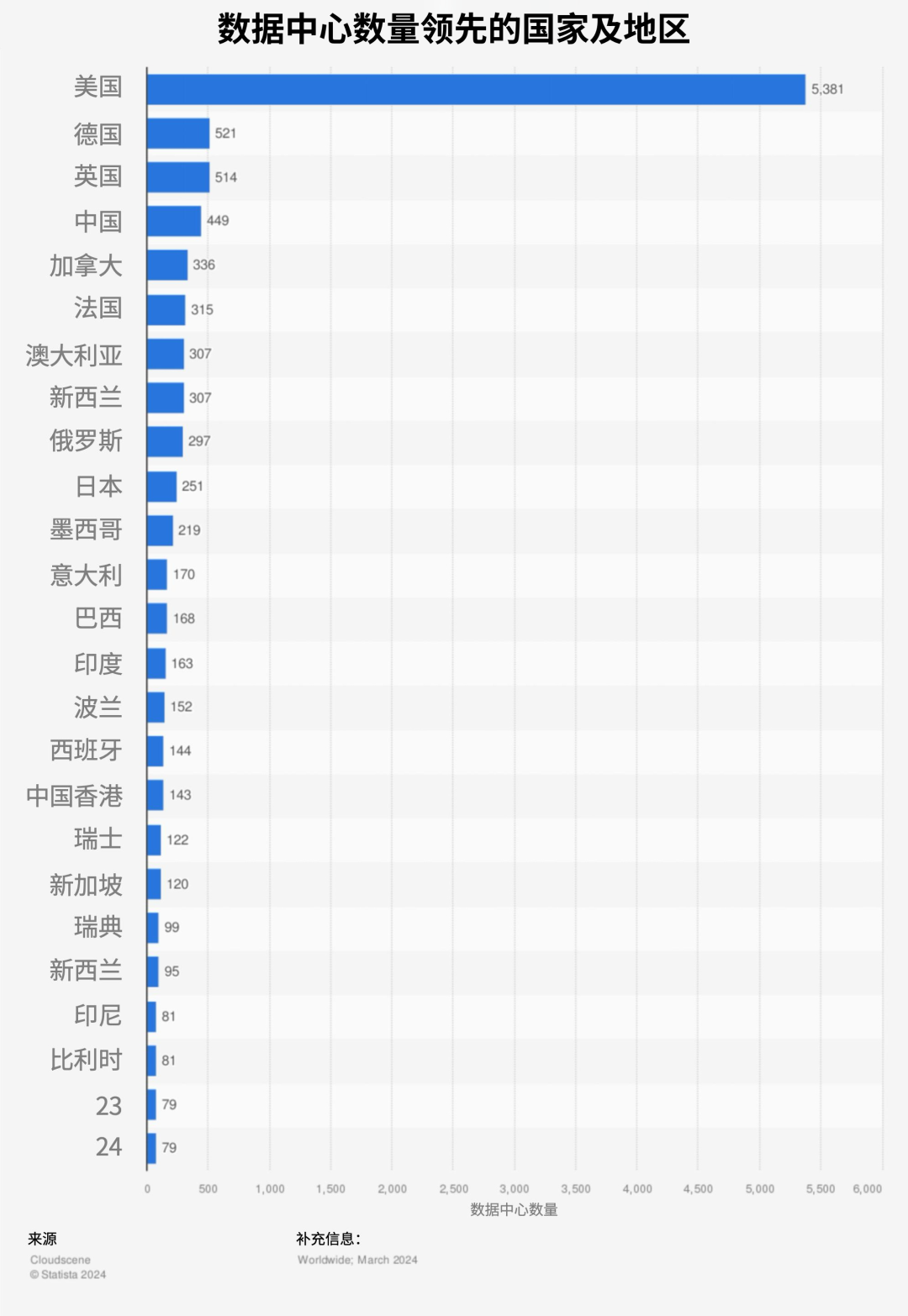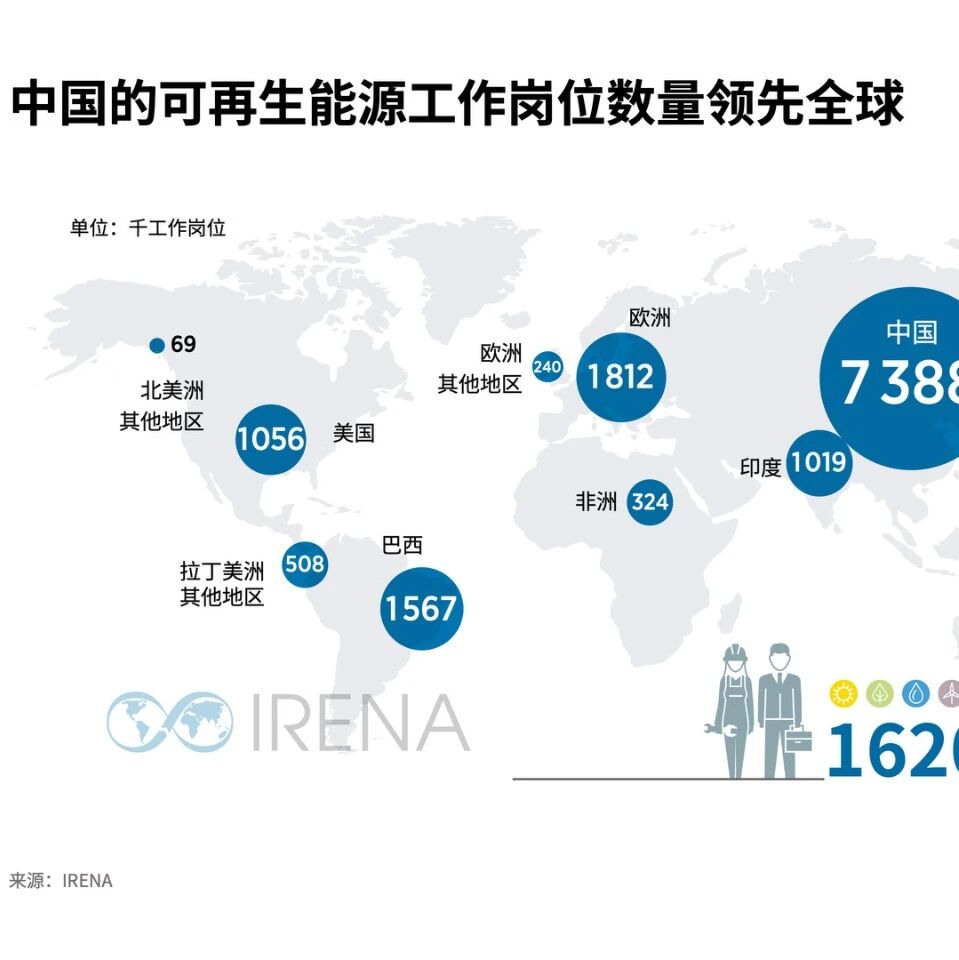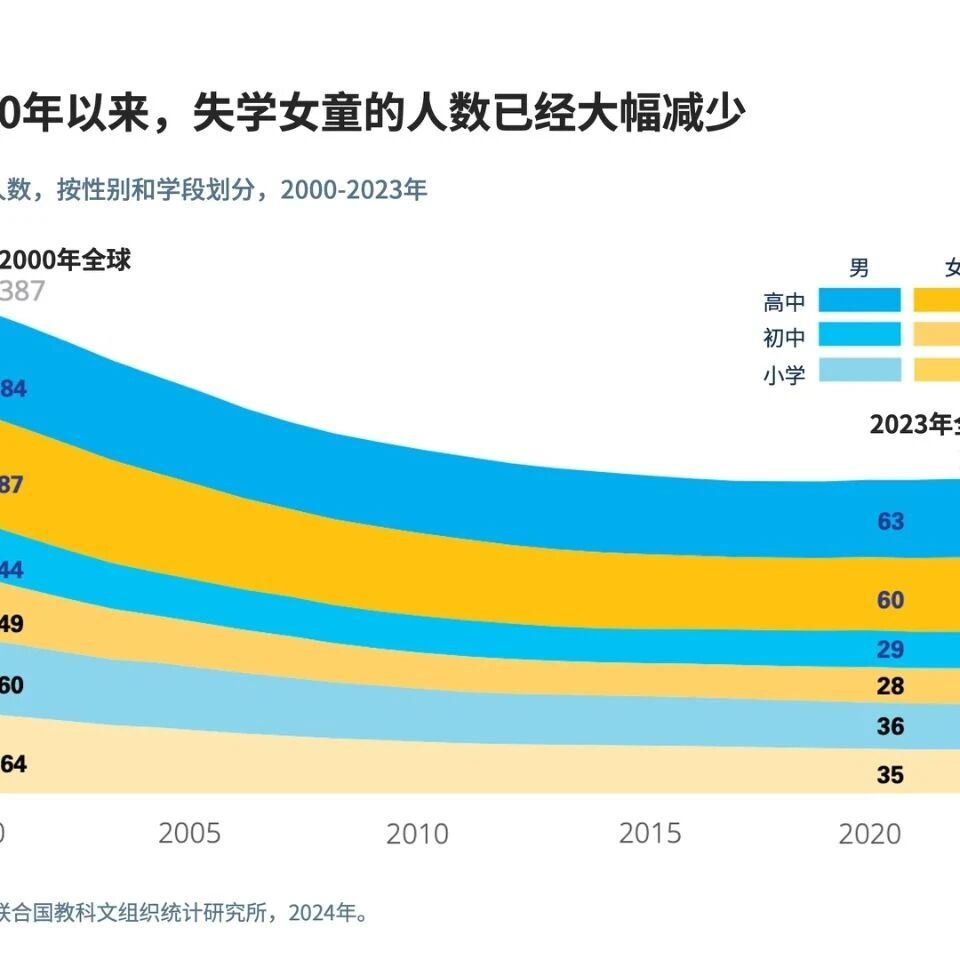The volume of data is steadily increasing.
Image source:Unsplash/Campaign Creators
Bart Valkhof
Global Head of the Information and Communication Technology Industry at the World Economic Forum
Eleni Kemene
Head of Industrial Decarbonization for the Chemicals Industry at the World Economic Forum
Justin Stark
Accenture North America Net-Zero Transformation Manager for Sustainability
As digital transformation continues to advance, artificial intelligence keeps evolving, demand for mobile data networks is growing, and cryptocurrency mining has emerged, the volume of data is surging rapidly.
This is causing a sharp increase in the computing power we need, which will lead to a surge in electricity demand, putting strain on the power grid and boosting carbon emissions.
The World Economic Forum’s Centre on Energy and Materials, along with the Clean Power, Grids, and Electrification Initiative, brought together three experts to discuss the critical topic of energy innovation and cross-sector collaboration—key to helping the information and communication technology industry sustainably address these challenges.
By 2025, the global volume of data created, captured, replicated, and consumed is expected to reach 181 zettabytes—nearly three times the amount generated in 2020.As the economy continues its digital transformation, generative AI is rapidly advancing, mobile data network demand is steadily rising, and cryptocurrency mining has emerged and evolved—driving a significant surge in data volumes.The ever-growing volume of data is also driving the industry to demand greater computing power. In turn, this surge in computational needs is putting additional strain on the electricity requirements of data centers and communication infrastructure—such as telecom and data networks. Such growth, however, inevitably leads to increased greenhouse gas emissions, underscoring the urgent need to modernize our power systems to keep pace with rising data demands. As the information and communications technology sector continues to expand, securing sufficient clean energy will become a critical challenge, particularly in regions where the industry is heavily concentrated.To address these interconnected challenges, the power industry and the information and communication technology sector must work in close coordination to strike a balance between surging demand and the transmission capacity of the power system.As digital transformation continues to advance, data volumes are growing exponentially.
Image source:Statista/IDC/Seagate
Why has energy consumption in the information and communication technology industry surged?To meet the growing demand for data processing, facilities like data centers will enhance their computing capabilities, which in turn will significantly increase their electricity requirements. The rapid expansion of AI models and their applications—driven by the need for substantial new computational power—will lead to a sharp surge in energy consumption.The International Energy Agency stated that the additional electricity demand is needed not only for auxiliary equipment like servers but also for the essential cooling of other systems, as data processing generates significant heat.They also predict that by 2026, the electricity demand from data centers, cryptocurrencies, and artificial intelligence could reach 1,000 terawatt-hours. Currently, this figure already stands at 460 terawatt-hours.Communication networks that facilitate the transfer of data from its point of generation to the processing center also increase the energy load on data centers.According to the latest statistics from the International Energy Agency, data centers and communication networks account for 2-3% of global electricity consumption and generate about 1% of the world’s total greenhouse gas emissions. However, even under the most conservative projections, this figure is expected to rise significantly.Data centers, artificial intelligence, and cryptocurrencies are the key drivers behind the growing volume of data.
Image source:International Energy Agency and others
Over the past few years, data-processing operations have been gradually shifting from smaller, private data centers to more energy-efficient, hyperscale cloud data centers.However, the widespread growth of IoT technology and other high-speed data applications relies heavily on 5G mobile networks. Although 5G hardware is inherently more energy-efficient, expanding 5G networks compared to today’s 4G infrastructure could still lead to a surge in energy consumption—potentially increasing it by as much as 140%. According to the Financial Times, this is primarily due to the fact that 5G networks require significantly more cell towers than current 4G systems.Another factor is the growing number of edge data centers. Technologies like IoT—and applications requiring high-speed or local data processing—can leverage edge computing to handle data closer to the network’s edge and directly at end-connected devices. While small-scale, on-site edge data analytics can significantly reduce turnaround times, they may also place additional strain on local power grids.According to the Financial Times, industry insiders are concerned that clean energy generation may struggle to keep pace with the growing demand for electricity across so many sectors, potentially leading to a rise in greenhouse gas emissions. Meanwhile, Accenture’s research reveals that emissions in the sector have been on the rise since 2016—and the mismatch between clean energy supply and demand is only set to exacerbate these already increasing emissions.The information and communication technology industry is working hard to tackle its growing emissions.
Image source:Accenture
Why are some regions more affected than others?Providing sufficient power and managing greenhouse gas emissions for major global data center clusters will be particularly challenging. This includes Northern Virginia, known as the "Data Center Capital of the World," as well as many Nordic countries.Smaller regions also boast significant data centers, such as Singapore—boasting the world’s fastest internet speeds and low-cost electricity—and Ireland, where cool weather, strong global connectivity, and a business- and tax-friendly environment have fueled the growth of its data center industry.Many countries with large data center clusters have already imposed restrictions on new data center facilities and related infrastructure to address the strain on power grids and align with national climate goals.Singapore imposed a four-year moratorium on the construction of new data centers, which only ended in 2023. However, due to ongoing challenges related to energy and space constraints, Singapore remains cautious about issuing new permits. Meanwhile, the country’s regulators are currently developing a green data center roadmap aligned with Singapore’s net-zero goals.Out of concerns about the national grid's capacity and the possibility of rolling blackouts, Ireland's electricity grid began suspending connections for new data centers in Dublin in 2022—a ban that will remain in place until 2028. However, according to the latest data from the International Energy Agency, data center energy consumption on the island is still expected to more than double, while data centers in other regions are also projected to see a significant surge in energy use.The electricity demand from the world's largest data center clusters—in regions like the U.S., Europe, and Asia—will grow significantly.
Image source:International Energy Agency and others
How can the information and communication technology industry reduce energy consumption?
Data center operators are particularly focused on improving power-use efficiency—driven not only by the need to cut costs but also by the imperative to comply with environmental regulations. Significant performance optimizations will help meet the growing energy demands of data centers worldwide; however, given the current scale and pace of data expansion, much more work remains to be done to prepare for future growth and achieve our emissions targets.New, highly efficient cooling technologies—and the use of artificial intelligence—hold tremendous potential for optimizing data center operations. For instance, Google has managed to reduce its cooling costs by 40% thanks to its DeepMind AI technology.Currently, people are also replacing copper wires with fiber optics at work, which will enhance the energy efficiency of communication networks. Meanwhile, shifting data-processing operations to regions abundant in green energy resources will help reduce emissions.Other promising approaches include green coding, a method designed to reduce the computational load of applications. Meanwhile, the Supercomputing Center at MIT Lincoln Laboratory is also working to minimize power consumption during processing and optimize energy use in training AI models.Meanwhile, small language models are emerging as viable alternatives to large language models like ChatGPT. Compared to their larger counterparts, small language models rely on just a fraction of the parameters—highlighting the massive scale required by big language models to recognize and infer complex data patterns. This translates into lower computational demands for small models, making them far less resource-intensive than their larger siblings, yet still capable of delivering high-quality results.Researchers at MIT are also boosting energy awareness by creating a system that provides data processing insights in a way similar to household energy reports. Their goal is to help users understand how much energy their computing tasks consume, how their carbon footprint stacks up against others, and what actionable steps they can take to improve efficiency. The researchers note that this approach could serve as a industry benchmark—especially given that the sector still often lacks comprehensive data on energy usage.Flexible demand solutions also help address the growing impact of energy demand on the power grid. For instance, demand response and load shifting enable data centers and communication infrastructure to reduce electricity consumption during peak hours—and instead shift it to periods when demand and prices are lower.The United States currently holds the largest number of data centers in the world.
Image source:Statista
Why collaboration is key to managing growing data usage and grid capacityWhile the actions of information and communication technology companies are crucial for addressing rising energy consumption, they represent only one part of future energy demand. As we transition from fossil fuels to electrification, sectors such as transportation, heavy industry, and consumer behavior are also seeing a growing need for electricity.As this trend continues and the demand for clean electricity keeps growing, power companies may soon hit a bottleneck, as the approval processes for building new infrastructure often become excessively lengthy, slowing down their progress.Therefore, we need broader participation to narrow the growing gap between supply and demand. The private sector, grid operators, planning authorities, and regulators must work together to develop holistic solutions. This will require the information and communication technology industry to learn from and collaborate with other sectors driving clean electricity demand. To make this collaborative approach possible, industry players must find secure ways to share data—and forecasts for data center growth—both among themselves and with regulators, while ensuring sensitive business information remains confidential.Moreover, this collaboration needs to be carried out across three levels: local, regional, and international. Advancing efforts at the international level is particularly crucial for establishing a consistent regulatory framework that spans across regions. A comprehensive approach will help improve energy emission accounting and reporting throughout the ICT value chain, as well as support the development of new energy-efficient initiatives and innovative alternative energy solutions.Finally, each of us should do our part. Information and communication technologies consume significant energy because our society relies heavily on vast amounts of data. As individuals and organizations, we need to take control over the data we store or use—and consider ways to reduce our own carbon footprint.The above content represents the author's personal views only.This article is translated from the World Economic Forum's Agenda blog; the Chinese version is for reference purposes only. Feel free to share it on your social media circles—but please leave a comment below this post if you’d like to request permission for further reproduction.
Translated by: Wu Yimeng | Edited by: Wang Can
The World Economic Forum is an independent and neutral platform dedicated to bringing together diverse perspectives to discuss critical global, regional, and industry-specific issues.
Follow us on Weibo, WeChat Video Accounts, Douyin, and Xiaohongshu!
"World Economic Forum"


